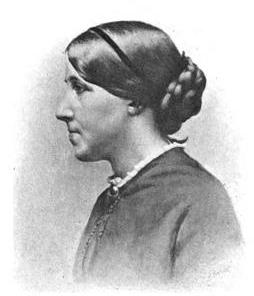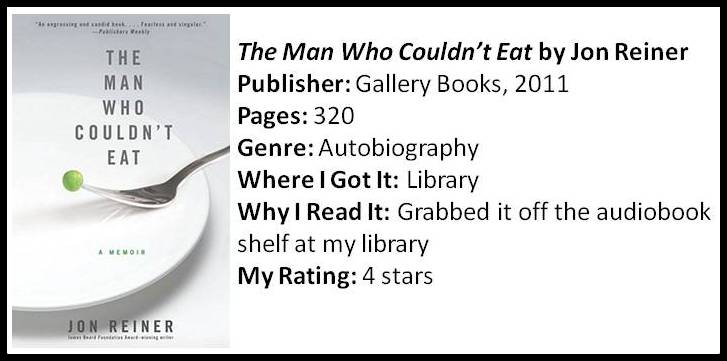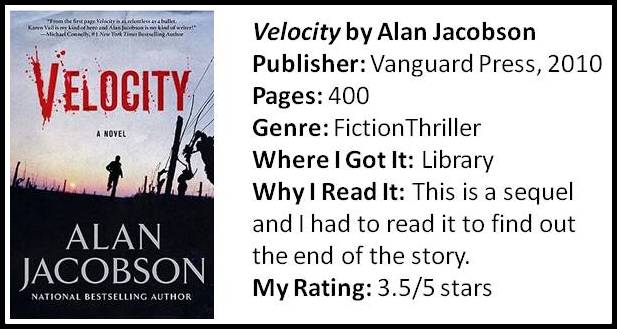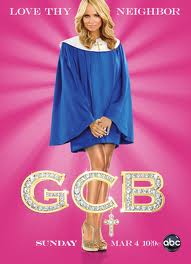It’s Sunday, so it must be Louisa time.

I grabbed The Little Women Letters off of the “new books” shelf at the library. The modern cover with a bright turquoise background practically jumped off the rack at me, and it looked like an intriguing read.
Author Gabrielle Donnelly reframes the Little Women story by creating adult lives for Jo, Meg, and Amy March, a story discovered by one of Jo’s descendants and told through letters written by Jo. It’s a stretch for an Alcott historian, because for anyone who has read either Louisa May Alcott’s sequels to Little Women or anything about Louisa’s real life, Donnelly’s new vision of the adult March sisters doesn’t make much sense. In fact, in this picture, Little Women doesn’t even exist. I had to force myself to focus on Donnelly’s narrative and to try to disconnect from everything I know about Alcott’s writings beyond Little Women.
Once I got past the obvious continuity flaws, I enjoyed the book. Lulu Atwater, a direct descendant of Josephine March, lives in London with her two sisters and parents. Her mother, Fee, is a Bostonian who married an Englishman and left her New England roots behind. With her came family recipes and papers, including a set of letters written by Lulu’s great-great-grandmother, detailing the day-to-day thoughts and dreams of Jo March, including her excitement at meeting a certain interesting young German professor.
The Atwater sisters are obviously patterned after the March sisters and Fee Atwater provides a strong, nurturing center for the three young women who are finding their places in the world. As a tribute to the beloved Little Women, Gabrielle Donnelly has created a contemporary story of sisterhood, just as Louisa May Alcott did in her day.
 For The Louisa Challenge, I’m reading An Old Fashioned Girl right now, and finding it fascinating to also compare it to its contemporary counterparts. I hope that you stop back next week to lend your voice to our study of Louisa May Alcott’s chick lit.
For The Louisa Challenge, I’m reading An Old Fashioned Girl right now, and finding it fascinating to also compare it to its contemporary counterparts. I hope that you stop back next week to lend your voice to our study of Louisa May Alcott’s chick lit.
















